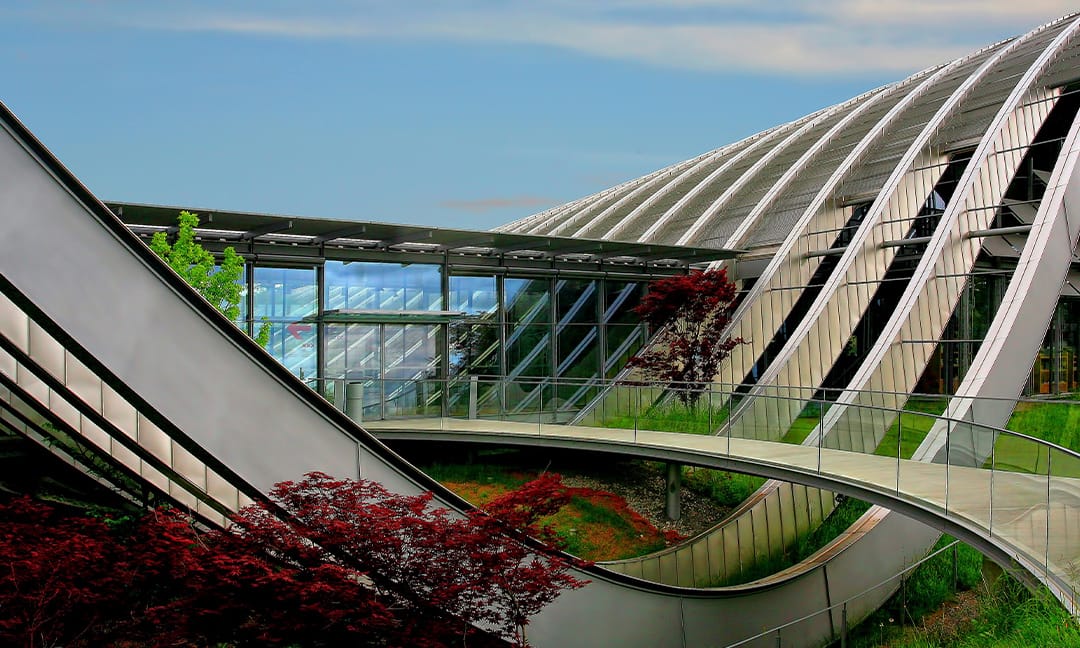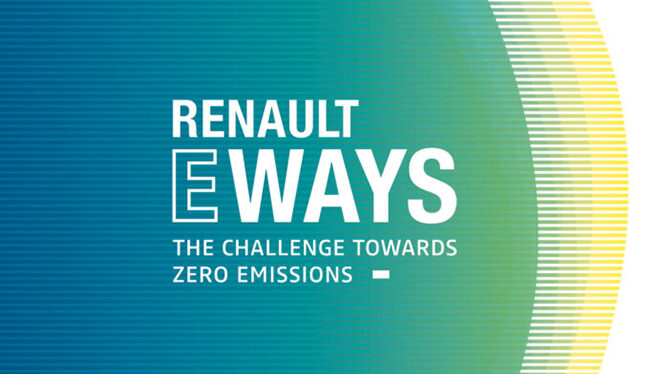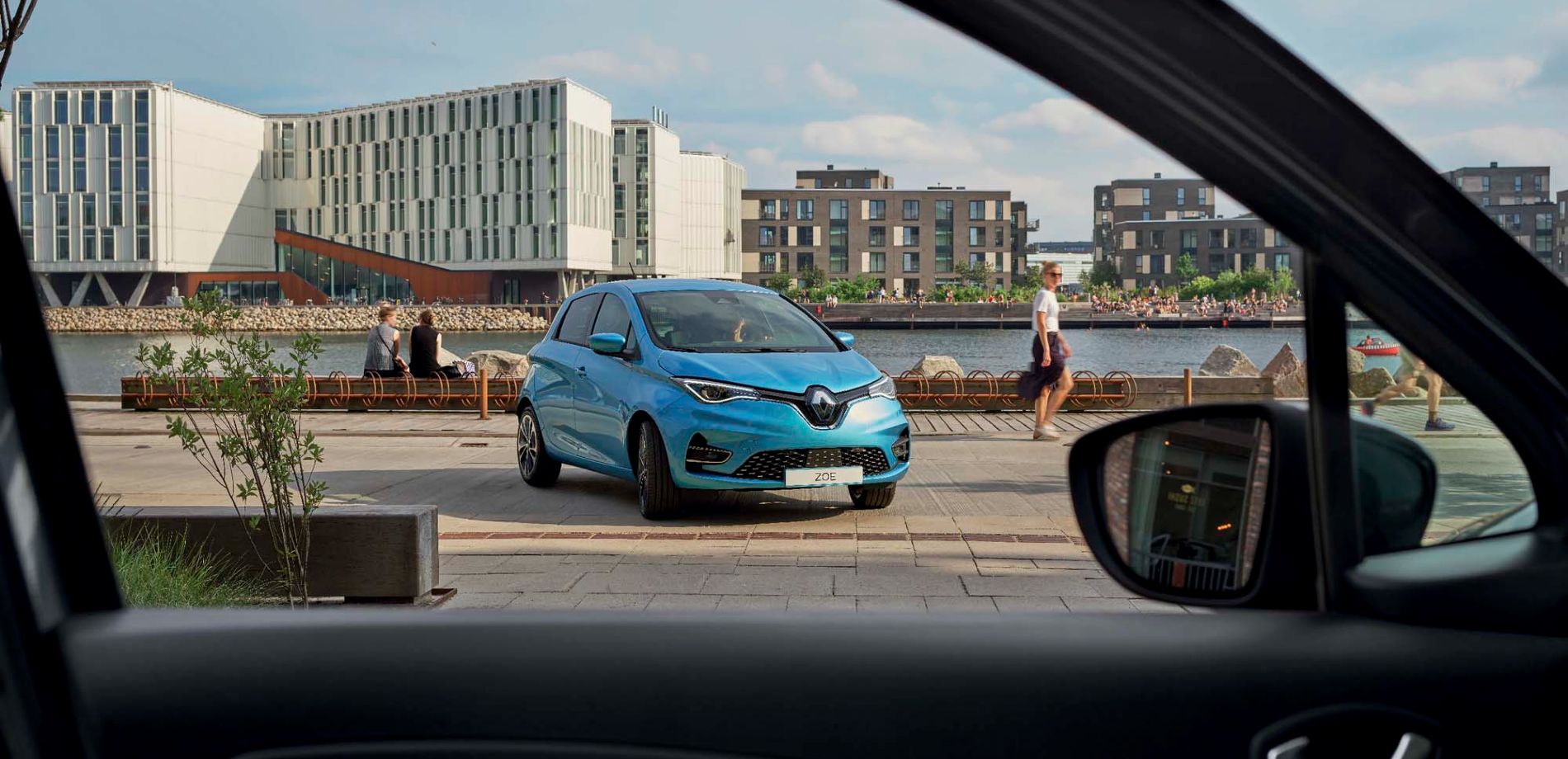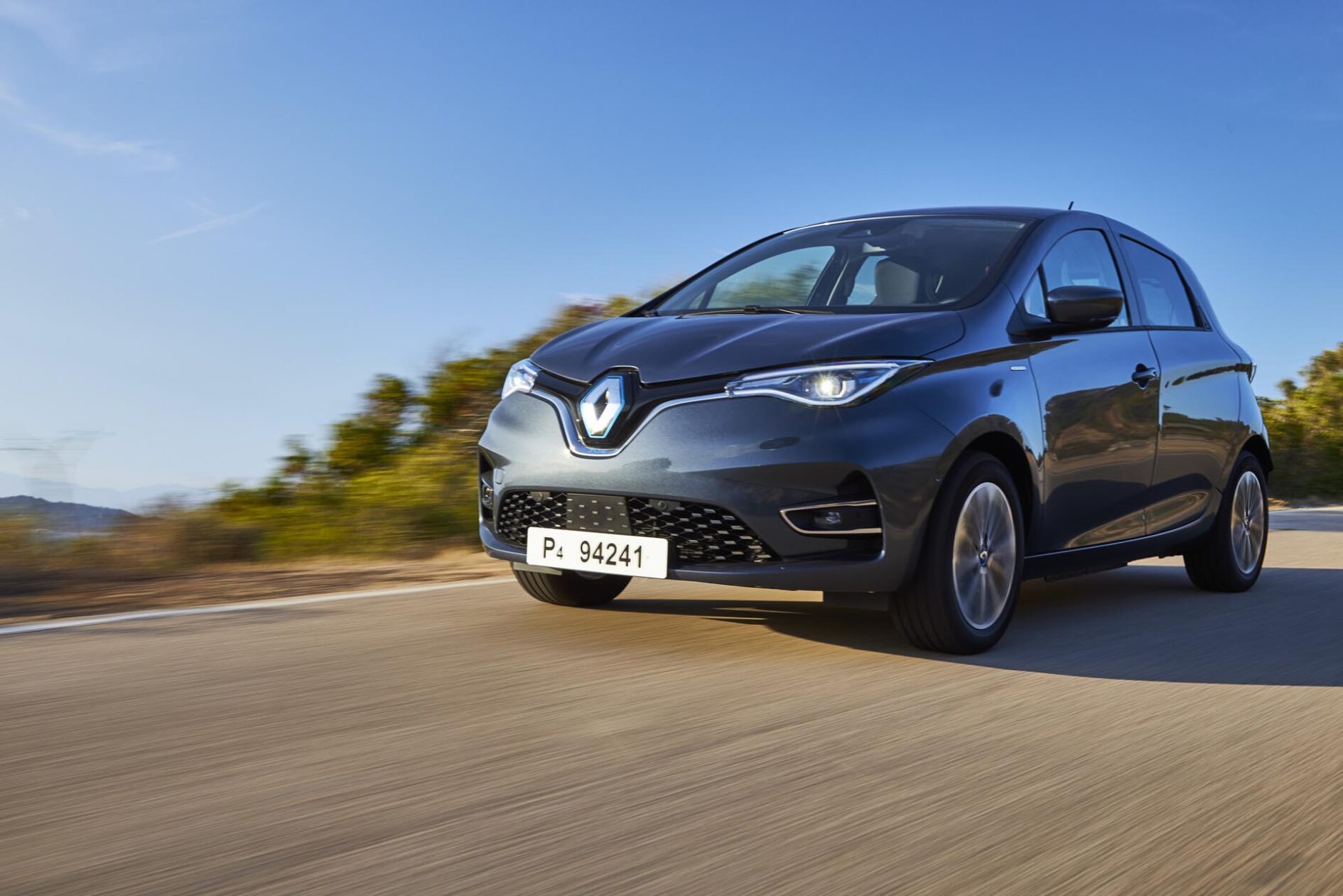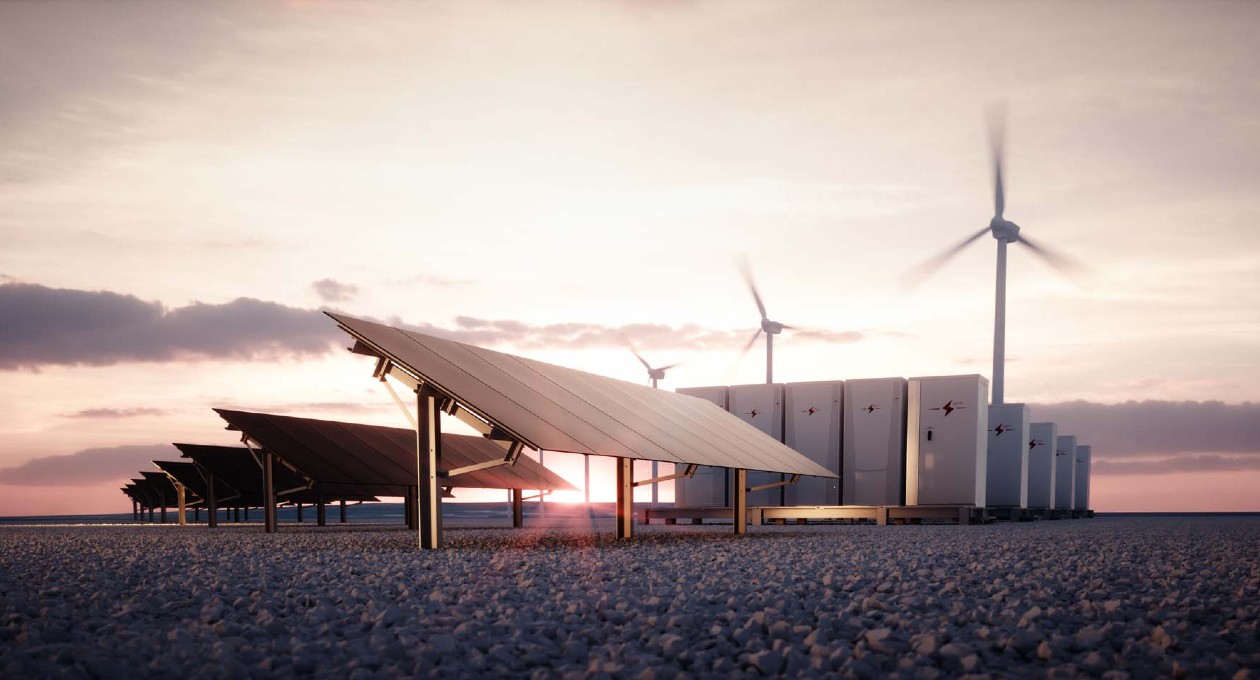

What is a smart city?
To start with, smart cities collect and use data to optimize their organization and management. These cities use sensors to learn more about the behavior and habits of inhabitants, thereby providing them with better information and improved services in real time, all while saving on resources. The “intelligence” concerns numerous domains including transportation (traffic, parking, etc.), electricity and water supply, waste collection etc. With refuse, for example, smart garbage cans measure how full they are and send a signal to be collected when they are full. This allows for the optimization of garbage truck traffic (which can cause noise, pollution, and traffic congestion,) avoids overspill and littering, and better distributes garbage cans according actual needs.
For some years, the concept of a resilient city, one capable of adapting to different factors, crises, and events in order to minimize their negative impact, has been under development. This more global idea is not limited to information processing, but also includes a societal dimension that puts the focus on inhabitants. At the start, these were two separate challenges. However, the two concepts have found common ground in their objective of a sustainable urban environment whose structure and mode of functioning can evolve over time for added flexibility.
The context to smart cities
First and foremost, this idea was driven by increasing population density: these days, more than half of the world’s population lives in cities. By 2050, the proportion is expected to rise to two-thirds. Cities also naturally consume a lot of energy. Although they occupy only 2% of the planet’s surface, they consume 75% of the energy produced and are responsible for 80% of CO2 emissions. Energy transition and the fight against global warming thus require fundamental changes to our cities, and the smart city is one step in the right direction.
The characteristics of a smart city
The European Union drew inspiration from the vision of Rudolf Giffinger, an expert in analytical research on urban and regional development at the Vienna University of Technology and advisor on the subject, whose work proposes that a smart city must have six primary characteristics.
A smart economy
This refers to the city’s economic competitiveness, measured through various factors including innovation, entrepreneurship, productivity, labor market flexibility, and integration in national and international markets.
Smart citizens
In other words, the human and social capital of the city. The population must be qualified, but also diverse, open-minded, and creative, and the city must promote high quality social interactions and participation in public life.
Smart government
In other words, the city’s administration must be transparent, transversal, and communal – by including the citizen in the decision-making process.
Smart mobility
Giffinger emphasized the importance of local and international access to the city, the existence of connected infrastructures that use ICT (information and communication technology) and innovative, sustainable, safe methods of transportation.
A smart environment
This refers to ecology and resource management. Smart cities must favor high quality environments (green spaces, air quality, etc.), manage their resources sustainably, and work to protect the environment. Eco-districts are localized examples of intelligently managed environments.
A smart way of life
This refers to a range of factors related to quality of life: culture, health, safety, housing, education, tourism, social cohesion, and more.
The use of Open Data to benefit smart cities

Collecting large amounts of data from all over the city and every sector is good, but cross-analyzing them to design innovative services is even better. Open Data – which consists of making data accessible, sharable, and useable by all – enables interoperability, which means that different systems and businesses are able to function together by combining their data. This principle, the opposite of the silo mentality, is essential to the development of smart cities, and benefits both public and private entities.
In the French transportation sector, for example, mobility service operators can make certain data available, in accordance with European regulations and French laws regarding mobility, thus facilitating multi-modal transit systems. The data collected provides a clear vision of the transportation available at any given time, helping operators better meet their users’ needs. Open Data is therefore essential for MaaS (Mobility as a Service) projects, which are so important to sustainable cities, such as Jelbi in Berlin, MaaS Madrid, Spain, and WienMobil in Vienna.
Two examples of smart cities in Europe
While there aren’t yet any 100% smart cities, several have implemented varying scales of initiatives, including Barcelona and Vienna.
Barcelona, a model smart city
The Catalan capital is often used as a reference in the world of smart cities, with its integration of smart sensors in numerous sectors including parking, waste collection, public lighting, the watering of green spaces, and even air quality.
For parking, real time data from sensors alerts drivers to available parking spaces in order to prevent them from having to drive around in circles. This reduces traffic congestion and saves time for drivers. There are also sensors to measure rainfall, humidity (of the air and the ground,) wind, sun, and atmospheric pressure in order to adjust the watering of public parks, to evaluate dumpster load levels to make waste collection more efficient, and to evaluate noise, air pollution, temperature, luminosity, and more. There is a reason that the city has hosted the Smart City Expo World Congress, the most important event for smart cities, every year since 2011.
Vienna: the smartest city in the world?

Aware of the environmental impact of cities and the role they have to play in a sustainable future, Vienna came up with its strategic plan, Smart City Wien, with objectives running up to 2050 to continue providing a better quality of life for residents while also preserving resources.
This goal applies all sectors: work, recreation, education, health, mobility, infrastructure, energy, and all aspects of urban development. To achieve this, the city applies a holistic approach, integrating both human and technological aspects in order to innovate.
For example, to achieve their goal of using 40% renewable energy by 2030, Vienna offers its citizens the chance to become co-owners of the solar panels used by Wien Energie. Each year, they receive a small stipend depending on how much they have invested, and can sell their shares back at any time for the purchase price. Since 2012, more than 6,000 Viennese residents have signed up for the program. In terms of mobility, residents of Vienna can use Grätzlards instead of cars when they need to transport goods in bulk. These freight bicycles belong to restaurants, stores, and companies, which use them to deliver or transport high quantities of goods and can be loaned to the public for free if needed. All you need to do is provide proof of identity and leave a deposit. Some are even equipped to transport children. Nearly one hundred projects are currently being developed to serve this futuristic smart city.
Some of the other cities recognized for their smart development are Stockholm, Copenhagen, Lyon (with its eco-district, La Confluence,) Oslo, London, Helsinki, Amsterdam, Vienna, and Paris.
Smart cities and sustainable cities
It is easy to confuse the concepts of sustainable cities and smart cities. While, in theory, sustainable cities are not necessarily intelligent, in practice, designing a city to be “smart” often lends itself to sustainable development as well on all three major axes: economic, social, and environmental. The ecosystem of the smart city, which involves optimizing costs, resources, and the management of services, has the same objectives.
Copyrights : metamorworks, aislan13, benedek
